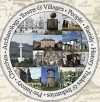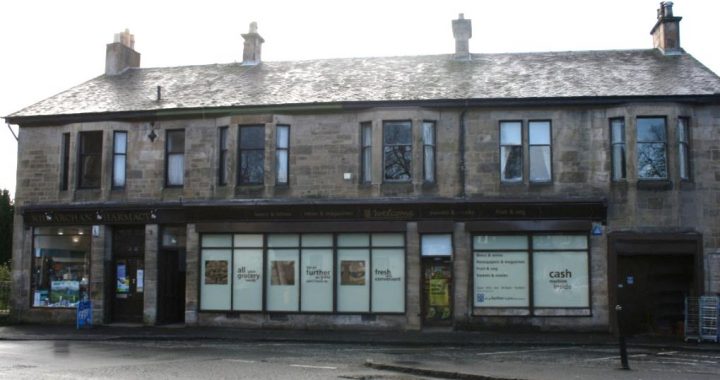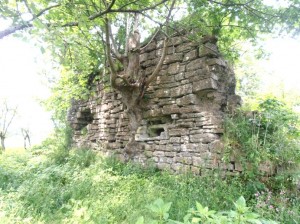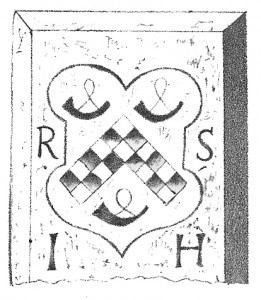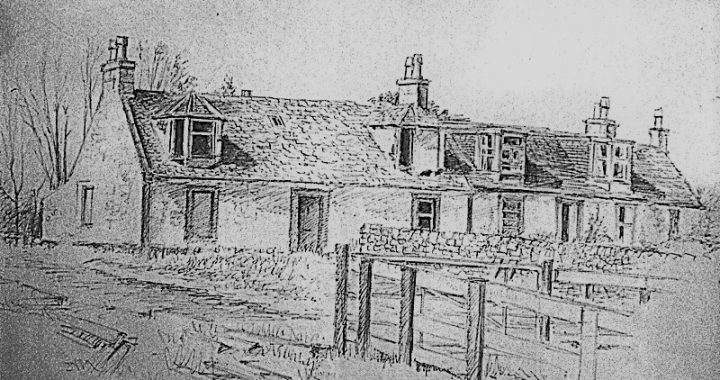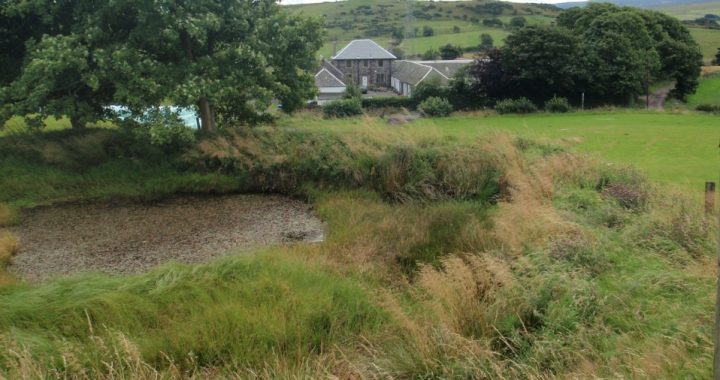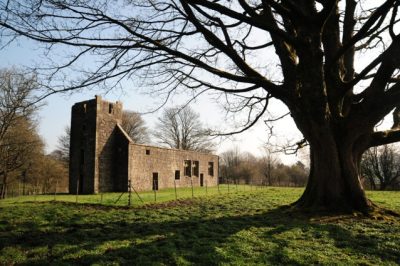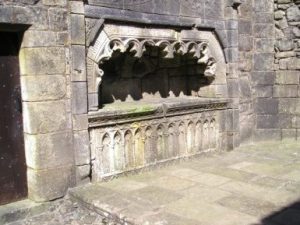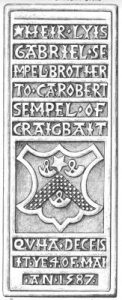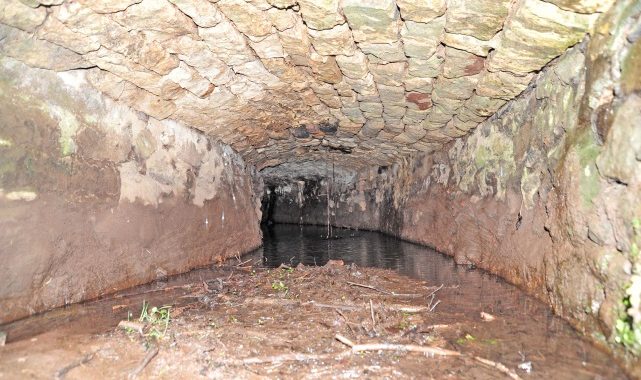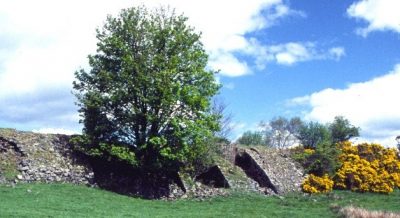
Previous articles in the Advertiser have looked at mills on the Gryfe at Bridge of Weir. These ranged from small rural grain, waulk and lint mills, to much larger cotton mills, which were the origin of the village. By 1815 Bridge of Weir’s cotton mills employed most folk in the growing village and surrounding area.
As the mills were powered by water, their economic survival, and the prosperity of the village depended on a constant flow in the River Gryfe. This was acknowledged in the ‘town rhyme’, which was read out at all local events through the nineteenth century:
‘May the River Gryfe
Flow on through life,
And ne’er be wanting water;
May Bridge of Weir town
Rise in renown,
And aye be growing better’.
The mill owners were obsessed with conserving water to such an extent that the times of the meal breaks in the successive mills were staggered downstream, and their sluices opened and closed in succession.
To provide extra water for times of drought, the biggest cotton mill, the Laigh Mill, built its own reservoir, Houstonhead Dam, which fed into their lade directly above the water wheel. However this dam was too far downstream to benefit the two highest cotton mills, the Old Cotton Mill and Burngill Cotton Mill. In 1815 the three cotton mills jointly formed a plan, the “Barmufflock Agreement”, to create a new reservoir for the benefit of them all. The dam was built high above Bridge of Weir, on the headwaters of the Pow Burn, above Lochend Farm.
There was one snag – the Pow Burn entered the Gryfe below three of the mills, at the foot of Mill Brae, and would only have benefited Crosslee Mill, whose dam was further downstream. The solution was to build a lade, diverting the Pow Burn into the Gryfe above the highest mill.
Half-way down its course, the Pow Burn was diverted at Clevans Road, just above what is now Ranfurly Castle Golf Course Club House. It followed the line of modern Barrcraig Road, then fell steeply down towards the Gryfe, passing under Torr Road and entering the Gryfe upstream of what is now the railway viaduct. As the cotton mills differed in size, their contribution to the Barmufflock scheme was based on their respective number of spindles. The reservoir had another use, as a popular curling venue. When the cotton mills closed in the 1870s the dam fell into disuse.
At the same time, the Pow Burn became a source of drinking water for the village. An initial scheme was completed in 1881 and fed into tanks at Donaldfield. In 1900 another dam was built in the headwaters of the Locher Water at Ladymuir, with pipes laid down to Donaldfield.
Barmufflock Dam (see image above) fell into disuse and was drained by 1913. The boggy site became well known by naturalists as a home of rare plants. The massive rubble dam still survives and the lade can be traced down through the village to the Gryfe.
© 2013 Stuart Nisbet

